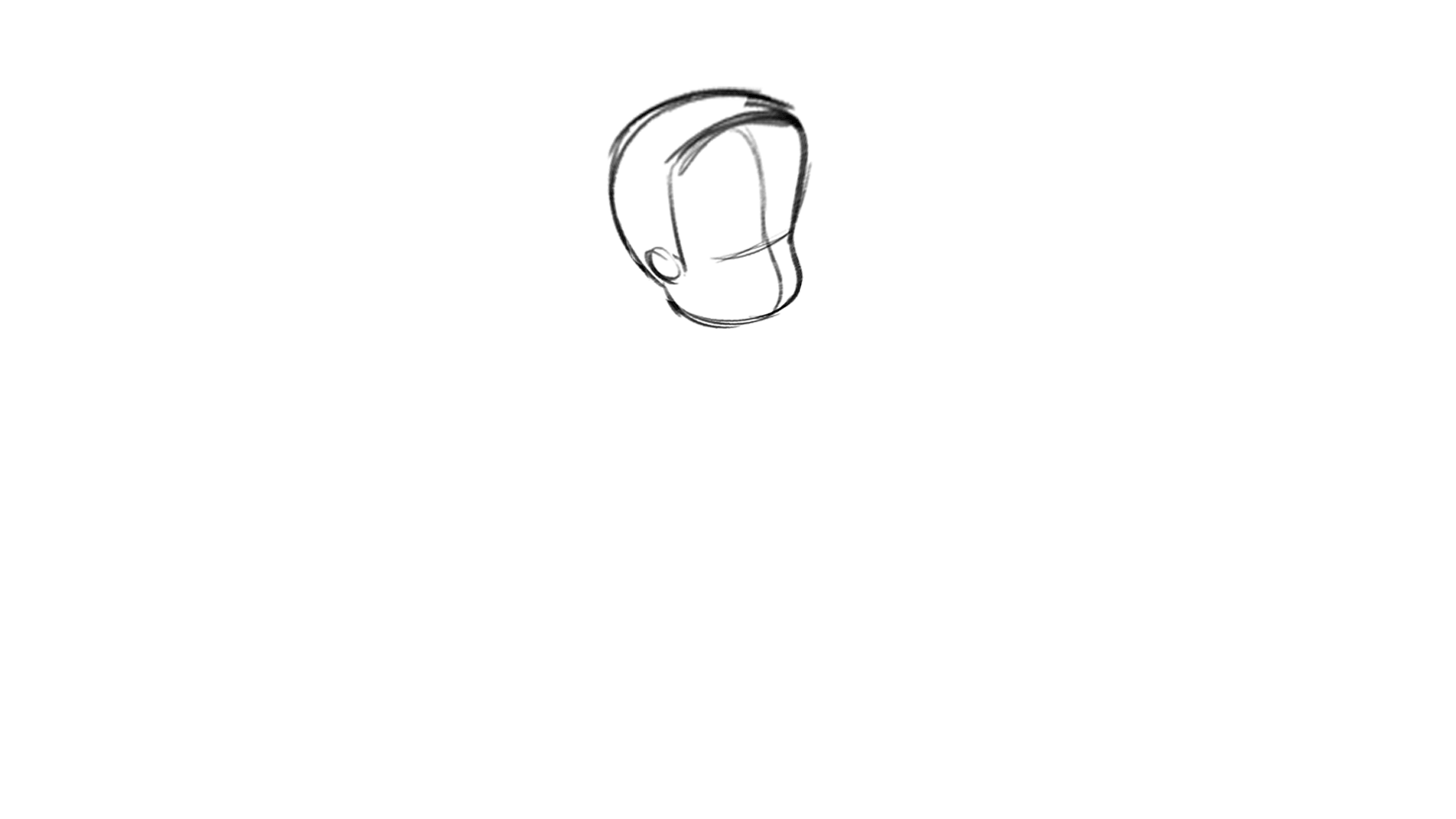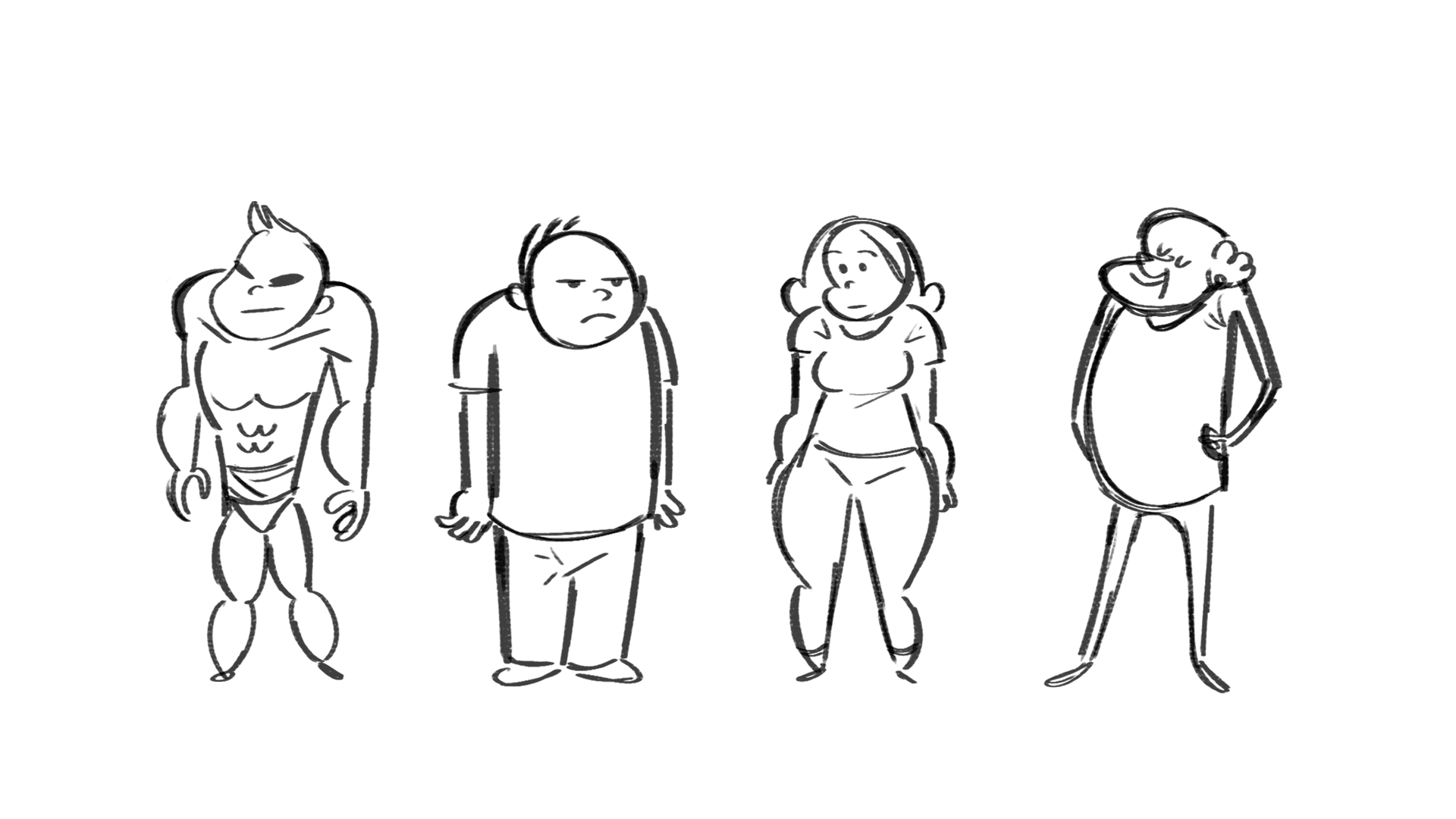Timming
Expertise
in timing comes best with experience and personal experimentation, using the
trial and error method in refining technique. The basics are: more drawings
between poses slow and smooth the action. Fewer drawings make the action faster
and crisper. A variety of slow and fast timing within a scene adds texture and
interest to the movement. Most animation is done on twos (one drawing
photographed on two frames of film) or on ones (one drawing photographed on
each frame of film). Twos are used most of the time, and ones are used during
camera moves such as trucks, pans and occasionally for subtle and quick
dialogue animation. Also, there is timing in the acting of a character to
establish mood, emotion, and reaction to another character or to a
situation.Timing helps create the illusion that an action is abiding by the
laws of physics. Adjusting the timing of a scene, animators can make that scene
which looks either slower and smoother or faster and crisper.
Exaggeration
Exaggeration
is not extreme distortion of a drawing or extremely broad, violent action all
the time. Its like a caricature of facial features, expressions, poses,
attitudes and actions. In feature animation, a character must move more broadly
to look natural. The same is true of facial expressions, but the action should
not be as broad as in a short cartoon style. Exaggeration in a walk or an eye movement
or even a head turn will give your film more appeal. Use good taste and common
sense to keep from becoming too theatrical and excessively animated.
Exaggeration is especially useful for animation, as animated motions that
strive for a perfect reflection of reality can look static and dull.
Solid Drawing
The basic
principles of drawing form, weight, volume solidity and the illusion of three
dimension apply to animation as it does to academic drawing. The way you draw
cartoons, you draw in the classical sense, using pencil sketches and drawings
for reproduction of life. You transform these into color and movement giving
the characters the illusion of three-and four-dimensional life. Three
dimensional is movement in space. The fourth dimension is movement in time. This
principle animates animators to be mindful of the fact that while forms may
present in 2D, they should strive to look 3D. The animator needs to be a
skilled artist and has to learn the basics of three-dimensional shapes, weight,
balance, anatomy, light and shadow, etc.
Appeal
A live
performer has charisma. An animated character has appeal. Appealing animation
does not mean just being cute and cuddly. All characters have to have appeal
whether they are heroic, villainous, comic or cute. Appeal, as you will use it,
includes an easy to read design, clear drawing, and personality development
that will capture and involve the audience's interest. Early cartoons were
basically a series of gags strung together on a main theme. Over the years, the
artists have learned that to produce a feature there was a need for story
continuity, character development and a higher quality of artwork throughout
the entire production.
Souces :
http://www.animationcoursesahmedabad.com/12-principles-of-animation/
http://minyos.its.rmit.edu.au/aim/a_notes/anim_principles.html
http://www.animationcoursesahmedabad.com/12-principles-of-animation/
http://minyos.its.rmit.edu.au/aim/a_notes/anim_principles.html




Good article, also you spelled ''Timing'' wrong, type slowly next time.
ReplyDelete